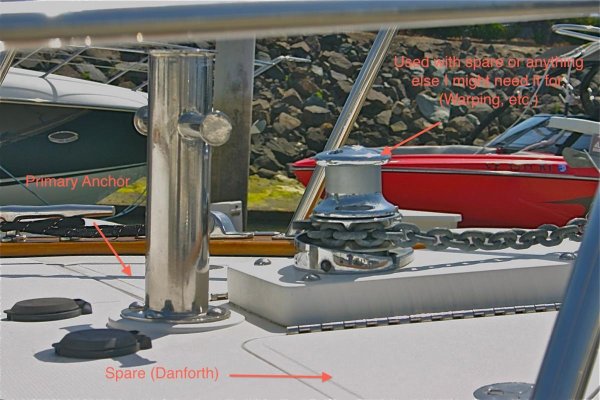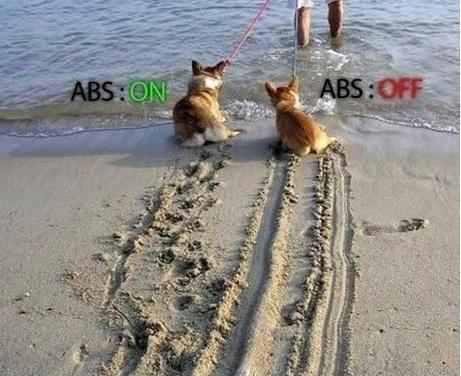ColonyCove
Senior Member
- Joined
- Nov 24, 2010
- Messages
- 146
- Vessel Name
- The Blue Comet
- Vessel Make
- Nordic Tugs/ NT32
It is unusual for me to drag anchor, but my Delta did and would not reset on three attempts a few days ago. Prevailing fair weather winds in my area are from the west to southwest, but we had winds out of the east at 12-15 mph. I didn't think 15 mph wind gusts would be enough to drag. We did though, and so did my buddy anchored nearby on a sailboat. We moved to the other side of Broad Creek and I put out my Fortress FX-23, which grabbed and held on the first attempt. Thankfully winds died to zero overnight and we got a good rest. I hate sleeping with one eye open on anchor watch. When we departed the next morning we pulled up a two foot mud ball with the anchor, so I guess the bottom was like chocolate pudding. I'm still surprised because we have anchored on sandy bottom in NJ with the Delta and had a Mainship 390 and a Bayliner 2850 rafted to us, all with just my anchor and did not drag. It proved to me the value of having two different types of anchors, and that the Fortress, or all Danforth types I guess, are good mud anchors.
The snapshot was taken the next morning in blissful calm after the previous afternoon's dragging adventure.



The snapshot was taken the next morning in blissful calm after the previous afternoon's dragging adventure.








